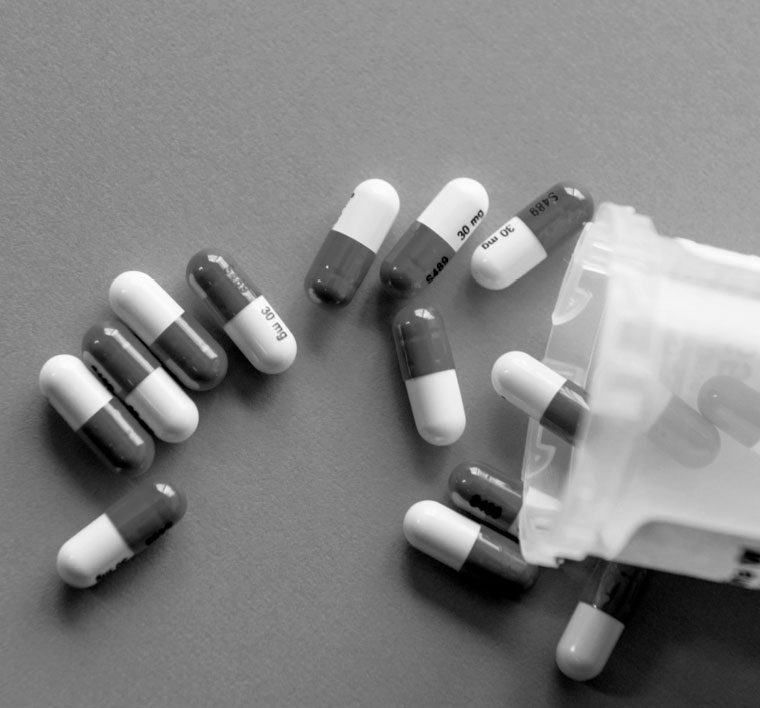The team at Claims Pharmacy love data analysis and we have spent the first few weeks of 2022 reviewing medication trends for 2021. We do this because we feel it benefits everyone – it provides transparency into what our Injured People are consuming, and it also alerts us as an Industry to areas where individual and company’s strategic focuses should be.
2021 was an interesting year. In our previous blog we noted a marked increase in opioid consumption across the nation closely followed by benzodiazepine use – in many cases these medications are consumed together and incorrectly (too frequently or for longer than recommended). We took a deep dive into the trends associated with opioid consumption and wanted to focus on Quick Release (QR) or Immediate Release (IR) opioids.
You might be asking “what is a QR/IR opioid?” Or thinking “I didn’t know there was such a thing.” Let’s start by defining what a QR/IR opioid actually is. Opioid products come in many forms. They differ in how you take them as well as how long they take to start working and how long they keep working. Sustained Release (SR) products start to work slowly but provide effective relief over a longer time. QR/IR products however, start to work quickly after you take them, but they’re effective for shorter periods. QR/IR opioids are used to treat more short term acute and breakthrough pain.
A comprehensive examination of our data has uncovered a growing trend of QR/IR opioids use by injured people in 2021. With approximately 20% of all injured people being prescribed QR/IR opioids, we see these medications being consumed too frequently, in conjunction with other medications that interact with opioids or being prescribed for longer than the recommended timeframe (4 weeks as per guidelines–12 weeks at the most).
Immediate release opioids are only available through a prescription from a GP or Specialist and there are clear clinical guidelines for consumption of opioids, but these are not always followed. We do acknowledge there are some injuries that are not so straight forward or “textbook cases” and need to be treated differently. Regardless, these medications are highly addictive, can lead to secondary injuries such as addiction, dental caries, psychological disorders and in some cases overdose – which is something we are seeing more of at Claims Pharmacy.
In 2021, a quarter of all injured people prescribed QR/IR opioids are still consuming them for more than the recommended guidelines. It is reasonable to ask, “If I need them for my pain why not continue to use them?” but this ignores that longer term use can cause serious side effects and secondary injuries too.
With a 15% increase of QR/IR opioids in 2021, our data tell us that now more than ever there is a greater need to focus on prevention and take proactive measures in the RTW setting. We are incredibly proud to say this is what we do at Claims Pharmacy.
Our focus on monitoring medication, identifying and resolving any risks has assisted our injured people to a greater quality of health, improved function and a faster return to work. The health and wellness of our Injured People are at the forefront of everything we do here.
For more information on our end-to-end medication program, please contact Claims Pharmacy on 1300 926 220 or email us at [email protected]
The information on this website is not a substitute for medical advice, nor is it to be used for diagnosis and treatment.
